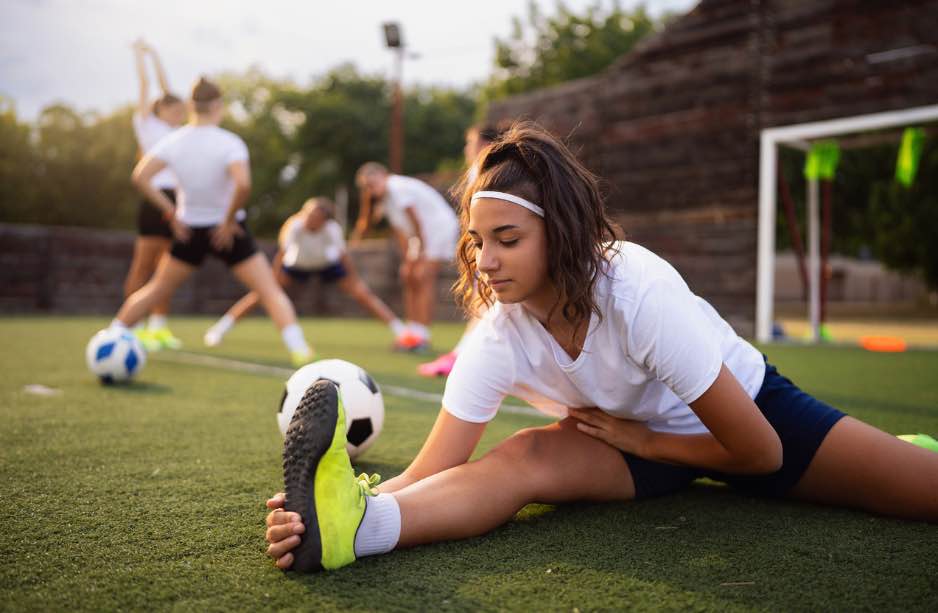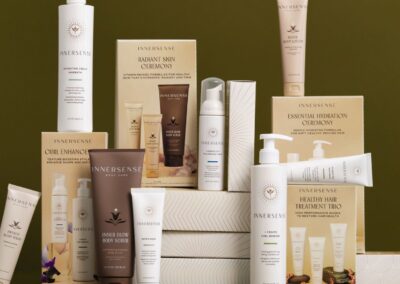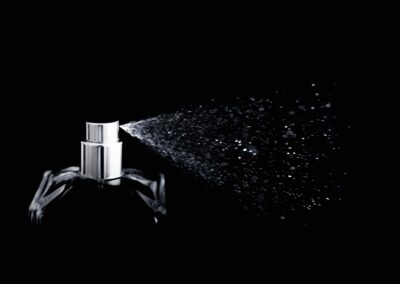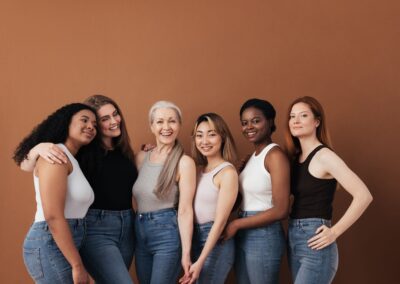
At a Glance
Bottom Line: Artificial turf fields contain hundreds of toxic chemicals linked to breast cancer and other health problems, with young girls and athletes at highest risk.
As schools and communities increasingly choose artificial turf for its convenience and durability, mounting scientific evidence reveals serious health concerns lurking beneath these synthetic surfaces [1].
The Chemical Problem
Artificial turf isn’t just fake grass—it’s a complex mixture of toxic materials[1]
- Crumb rubber infill(made from recycled tires) containing 96 identified chemicals [4]
- PFAS “forever chemicals”that never break down and accumulate in our bodies [2]
- Carcinogens including benzene, arsenic, and polycyclic aromatic hydrocarbons (PAHs) [1]
- Endocrine disruptors that interfere with hormonal systems [3]
A 2015 Yale study found that 20% of tested chemicals in tire crumbs are probable carcinogens, and 40% cause breathing problems or skin irritation [4].
The Breast Cancer Connection
These chemicals pose particular risks for breast cancer through two key pathways [5]:
Hormonal Disruption: Many artificial turf chemicals are endocrine disruptors that interfere with estrogen and other hormones that fuel breast cancer development [5].
DNA Damage: PAHs can bind to and alter DNA while mimicking natural estrogens. Studies show women with high PAH levels in their blood are 50% more likely to develop breast cancer [6].
Recent research has also linked PFAS exposure to hormone receptor-positive breast cancers [7], with these “forever chemicals” detected even in breast milk and newborn umbilical cord blood [8].
Who’s Most at Risk?
- Prepubescent girls and women who haven’t given birth [6]
- Athletes who frequently contact the turf (goalkeepers, for example) [10]
- Communities of color who face higher exposure to industrial chemicals [9]
Soccer coach Amy Griffin documented 230 soccer players who developed cancer after playing on artificial turf—most were goalkeepers who had frequent ground contact [10].
What You Can Do
Individual Protection:
- Wash hands and clothes immediately after turf contact
- Don’t eat or drink on artificial turf fields
- Wear long sleeves and pants when possible
Community Action:
- Advocate for transparency about turf chemical composition
- Support natural grass alternatives or PFAS-free synthetic options
- Push for local bans—cities like Boston have already banned new synthetic turf fields
Follow California’s Lead:
The Breast Cancer Prevention Partners (BCPP) has successfully banned PFAS from cosmetics [11], food packaging [12], and textiles [13] in California. Similar protections should extend to artificial turf.
The Research Gap
While we know artificial turf contains dangerous chemicals, few studies have directly examined health outcomes [1]. Most research focuses on individual components rather than the complex mixture of exposures athletes actually face [1].
Organizations like Mount Sinai’s Children’s Environmental Health Center [14] and Dr. Homero Harari’s NIH-funded Healthy Playing Surfaces initiative[15] are working to fill these critical knowledge gaps.
The Verdict
Given the known presence of carcinogens and endocrine disruptors in artificial turf [1], the precautionary principle suggests communities should seriously reconsider these installations—especially where children play.
While we await more comprehensive research, the evidence increasingly points toward natural grass as the safer choice for our health and our children’s future.
Learn more about environmental factors that contribute to breast cancer risk at bcpp.org
Bibliography
[1] Murphy, Maire, and Genoa R. Warner. “Health impacts of artificial turf: Toxicity studies, challenges, and future directions.” Environmental Pollution 310 (2022): 119841.
[2] Breast Cancer Prevention Partners. “PFAS Forever Chemicals (also PFOA, PFOS).” October 29, 2021.
[3] Breast Cancer Prevention Partners. “Phthalates.” August 18, 2021. https://www.bcpp.org/resource/phthalates/.
[4] Zuckerman, Diana. “Testimony of Dr. Diana Zuckerman before the Maryland House of Delegates Appropriations Committee on the Health Risks of Artificial Turf.” National Center for Health Research, February 8, 2018.
[5] Zuckerman, Diana. “Testimony of Dr. Diana Zuckerman before the Maryland House of Delegates Appropriations Committee on the Health Risks of Artificial Turf.” National Center for Health Research, February 8, 2018.
[6] Breast Cancer Prevention Partners. “Polycyclic Aromatic Hydrocarbons (PAHs).” August 18, 2021. https://www.bcpp.org/resource/polycyclic-aromatic-hydrocarbons/.
[7] Chang, Victoria C., Julia E. Rager, Steve Waidyanatha, and Linda S. Birnbaum. “Serum perfluorooctane sulfonate and perfluorooctanoate and risk of postmenopausal breast cancer according to hormone receptor status: An analysis in the Prostate, Lung, Colorectal and Ovarian Cancer Screening Trial.” International Journal of Cancer 152, no. 6 (2023): 1221-1230.
[8] Breast Cancer Prevention Partners. “PFAS: Ask a Scientist.” April 25, 2024. https://www.bcpp.org/pfas-ask-a-scientist/.
[9] Heck, Julia E., Di He, Sylvia E. Wing, Beate Ritz, Carmen D. Carey, Jun Yang, Daniel O. Stram, Loic Le Marchand, Sang-Lim Park, Iona Cheng, and Anna H. Wu. “Exposure to outdoor ambient air toxics and risk of breast cancer: The Multiethnic Cohort.” International Journal of Hygiene and Environmental Health 259 (2024): 114362.
[10] Luzer, Daniel. “Artificial Turf and Cancer Risk.” JNCI: Journal of the National Cancer Institute 108, no. 12 (2016): djw311.
[11] Breast Cancer Prevention Partners. “Toxic PFAS ‘forever chemicals’ banned from cosmetics in California.” May 28, 2024. https://www.bcpp.org/toxic-forever-chemicals-banned-from-cosmetics-in-california/.
[12] Breast Cancer Prevention Partners. “California Safer Food Packaging and Cookware Act (AB 1200).” October 6, 2021. https://www.bcpp.org/resource/california-safer-food-packaging-and-cookware-act-ab-1200/.
[13] Breast Cancer Prevention Partners. “Ban PFAS in Textiles (CA AB1817-Ting).” July 16, 2024. https://www.bcpp.org/resource/ban-pfas-in-textiles-ca-ab1817-ting/.
[14] Mount Sinai Children’s Environmental Health Center and Institute for Exposomic Research. “Turf Sports Learning Hub.” https://mountsinaiexposomics.org/learning-hub/turf-sports/. Accessed 2024.
[15] Harari, Homero, et al. “Healthy Playing Surfaces Initiative.” https://www.healthyplayingsurfaces.org/. Accessed 2024.
Tags: #ArtificialTurf #BreastCancer #PFAS #PublicHealth #ChildSafety



